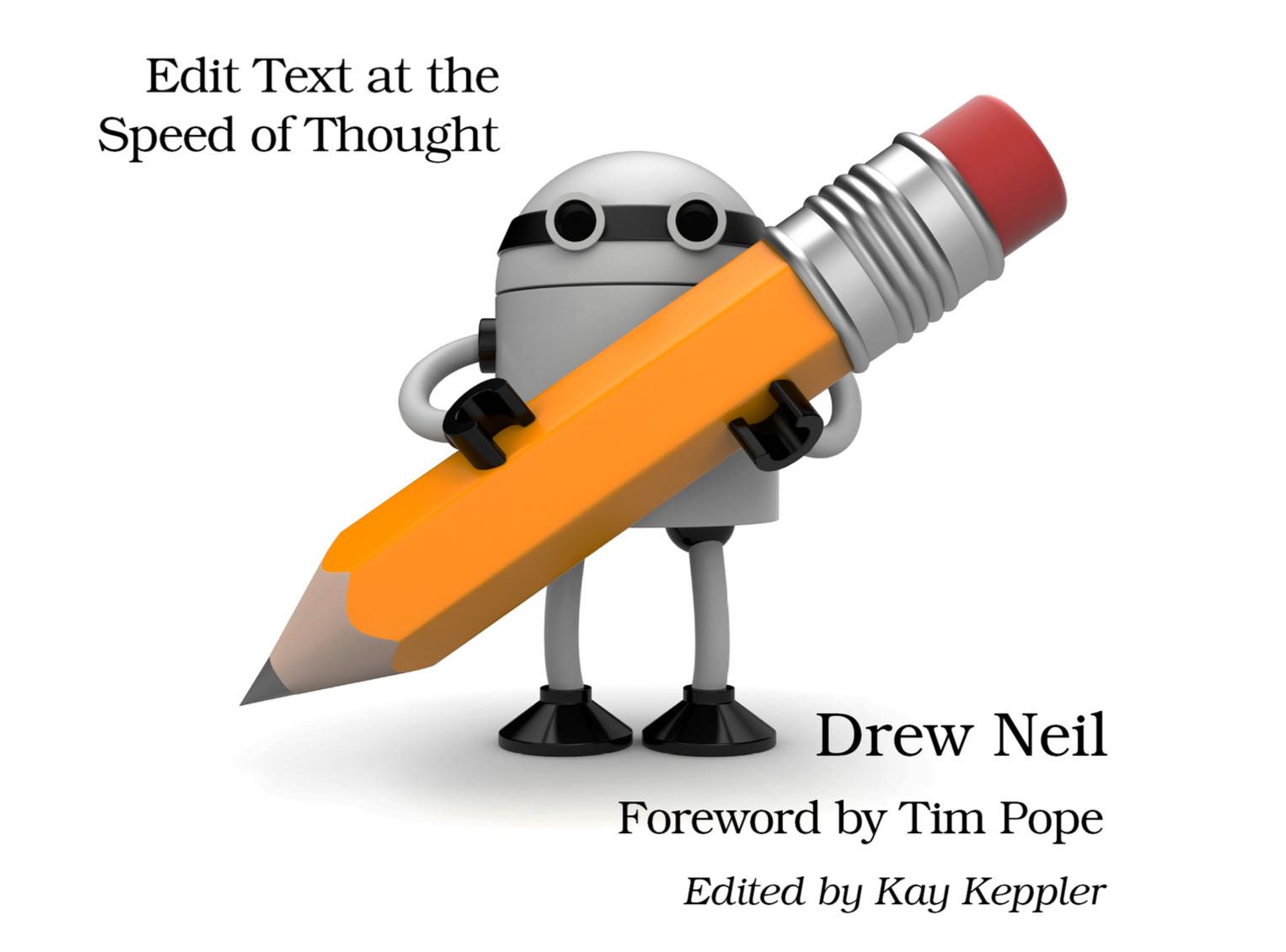
Overall
After I’m forced to mostly server-side coding, I decided to switch to vim as my primary editing environment. This book is by far the most rewarding and concentrated vim guide I’ve met.
Instead of trying to get you starting on .vimrc or installing plugins, the author nicely attempts to give you the philosophy behind the design principles of vim. Customizing vim configs is crucial, however not ‘the most crucial’. The far more important thing is to change the mentality of editing text.
Painter’s brush
The analogy of painter to programmer is awesome, that made total sense to me about the vim modes (normal/visual/insert/cmd):
Think of all of the things that painters do besides paint. They study their subject, adjust the lighting, and mix paints into new hues. And when it comes to applying paint to the canvas, who says they have to use brushes? A painter might switch to a palette knife to achieve a different texture or use a cotton swab to touch up the paint that’s already been applied.
Normal state actually is the most natural:
The painter does not rest with a brush on the canvas. And so it is with Vim. Normal mode is the natural resting state. The clue is in the name, really.
Good luck on everyone who took the journey of practicing the vim way. :)